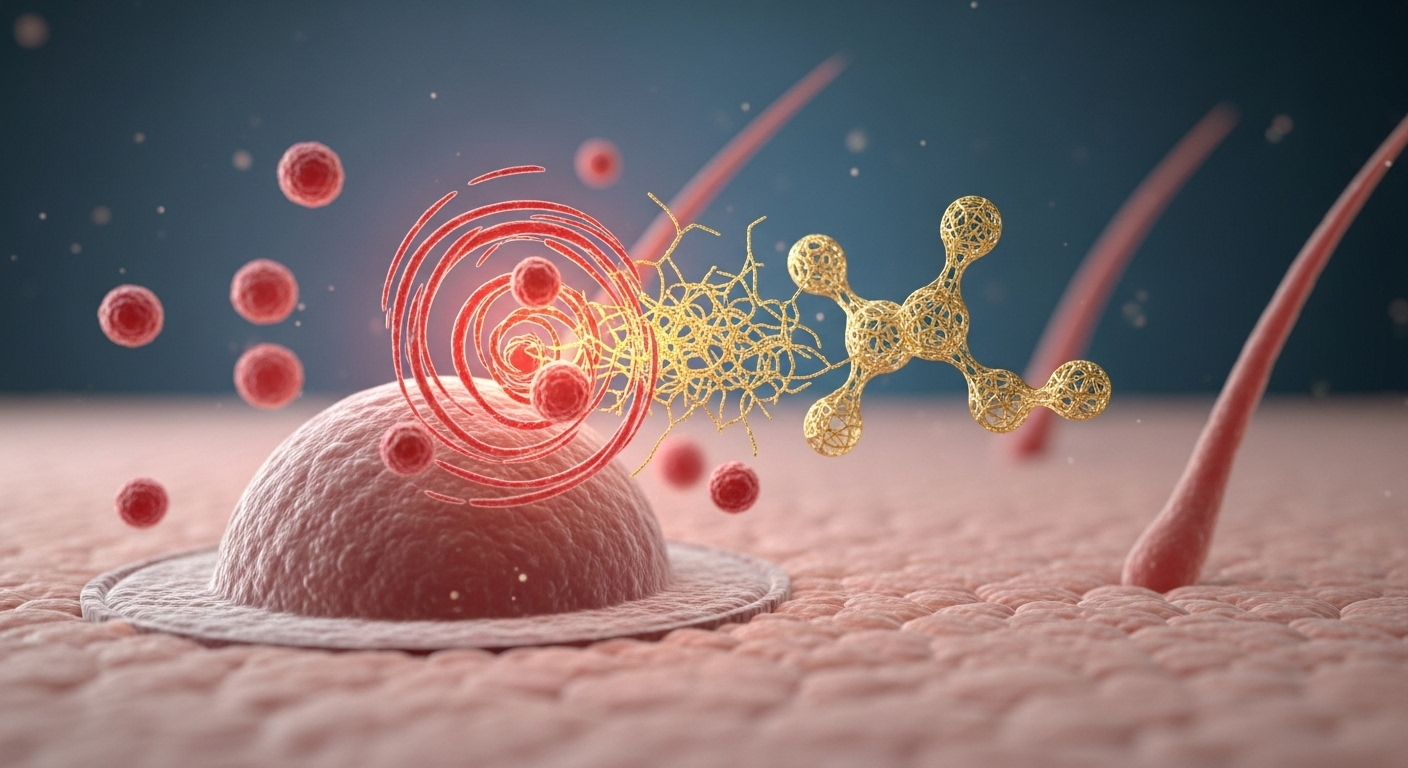Redox Signaling: The Hidden Language of Cellular Health
Imagine a world where your cells communicate with the precision of a well-orchestrated symphony, coordinating their efforts to maintain optimal health. This isn't science fiction; it's the fascinating realm of redox signaling. But what exactly is this molecular dialogue, and how does it impact our overall well-being? Let's dive into the intricate world of cellular communication and discover why redox signaling might be the key to unlocking a new era of health and longevity.

The concept of redox signaling dates back to the early 20th century when scientists first began to understand the role of oxidation in biological processes. However, it wasn’t until the 1970s that researchers started to unravel the intricate mechanisms behind this cellular communication system. Today, redox signaling is recognized as a fundamental aspect of cellular biology, influencing everything from energy production to immune function.
The Language of Molecules
At the heart of redox signaling are reactive oxygen species (ROS) and reactive nitrogen species (RNS). These molecules, once thought to be solely harmful byproducts of cellular metabolism, are now understood to play crucial roles in cell signaling and homeostasis. When produced in controlled amounts, ROS and RNS act as messengers, triggering cascades of reactions that regulate various cellular processes.
These molecular messengers interact with proteins, lipids, and DNA, modifying their structure and function. This interaction can activate or deactivate genes, alter enzyme activity, and influence cell growth and differentiation. The language of redox signaling is so nuanced that even slight changes in the concentration or location of these reactive species can lead to dramatically different outcomes.
The Balancing Act of Oxidative Stress
While redox signaling is essential for cellular health, an imbalance in this system can lead to oxidative stress. This occurs when there’s an excess of reactive species that overwhelm the body’s antioxidant defenses. Chronic oxidative stress has been linked to numerous health issues, including cardiovascular disease, neurodegenerative disorders, and accelerated aging.
However, it’s important to note that some level of oxidative stress is necessary for optimal health. Moderate amounts of ROS can stimulate the body’s natural antioxidant defenses, a process known as hormesis. This adaptive response can actually improve overall resilience and longevity. The key lies in maintaining the delicate balance of redox signaling, neither too much nor too little oxidative stress.
Redox Signaling in Disease Prevention
Understanding redox signaling has opened up new avenues for disease prevention and treatment. Researchers are exploring ways to modulate this cellular communication system to combat various health conditions. For example, targeting specific redox pathways has shown promise in cancer therapy, where disrupting the abnormal redox balance of cancer cells can make them more vulnerable to treatment.
In cardiovascular health, redox signaling plays a crucial role in regulating blood pressure and vascular function. By understanding and influencing these pathways, scientists are developing new strategies to prevent and treat heart disease. Similarly, in neurodegenerative disorders like Alzheimer’s and Parkinson’s, aberrant redox signaling contributes to neuronal damage. Interventions that restore redox balance could potentially slow or even reverse the progression of these devastating conditions.
Harnessing Redox Signaling for Optimal Health
As our understanding of redox signaling grows, so does our ability to harness its power for health and wellness. Here are some ways to support healthy redox signaling in your body:
-
Exercise regularly: Physical activity promotes beneficial redox signaling, enhancing cellular adaptation and resilience.
-
Consume antioxidant-rich foods: A diet high in colorful fruits and vegetables provides natural compounds that support redox balance.
-
Practice stress reduction techniques: Chronic stress can disrupt redox signaling, so activities like meditation or yoga can help maintain balance.
-
Get adequate sleep: Quality sleep is essential for cellular repair and maintaining proper redox balance.
-
Consider targeted supplementation: Some supplements, like N-acetylcysteine (NAC) or alpha-lipoic acid, can support redox signaling pathways.
Redox Revelations: Quick Facts and Tips
-
Redox signaling molecules have a half-life of mere nanoseconds, highlighting the dynamic nature of this cellular communication system.
-
Exercise-induced oxidative stress can actually improve overall health by stimulating the body’s adaptive responses.
-
Certain foods, like broccoli and garlic, contain compounds that can activate beneficial redox signaling pathways.
-
Exposure to sunlight in moderation can promote healthy redox signaling through the production of nitric oxide in the skin.
-
Deep breathing exercises can influence redox signaling by altering oxygen levels in the body.
As we continue to unravel the mysteries of redox signaling, we gain deeper insights into the fundamental processes that govern our health. This molecular dialogue, once hidden from view, is now emerging as a powerful tool in our quest for optimal wellness. By supporting healthy redox signaling through lifestyle choices and emerging therapies, we can tap into the body’s innate wisdom, promoting resilience, longevity, and vibrant health at the cellular level.





